
Hot Milk
Wednesday, Nov 19, 2025
19:00:00
, London
Nestled within the vibrant heart of Camden Town, London, The Roundhouse stands as a titan of live music, a place where raw energy meets historical gravitas. More than just a venue, it's a crucible of culture, a sprawling industrial monument that has echoed with the sounds of rebellion, innovation, and pure artistic joy for decades. From its formidable brickwork to its cavernous interior, The Roundhouse is an experience, a sensory immersion into the very soul of live performance, drawing music lovers from across the globe to witness its legendary atmosphere firsthand. Its enduring appeal lies not just in the world-class acts it hosts, but in its unique ability to transport audiences back to the very genesis of counter-culture, all while looking firmly towards the future of music and the arts.
The Roundhouse's story doesn't begin with rock and roll, but with the industrial might of Victorian London. Originally built in 1846 as a revolutionary prop shed for the London and North Western Railway, its distinctive circular design was a marvel of engineering, intended to house the massive turntable that rotated steam locomotives. This utilitarian purpose belies the architectural ingenuity of its construction, a testament to the era's industrial ambition. The Grade II* listed building’s sheer scale and unique form, with its impressive wrought-iron roof, set it apart from any other structure in the city. After its railway life, it found a brief stint as a storage facility before falling into disuse. It was this dormant, imposing structure that would soon capture the imagination of a generation hungry for new artistic frontiers.
The transformation of this industrial relic into a bohemian mecca began in the late 1950s and truly ignited in the early 1960s. A pioneering theatre director, Peter Brooks, famously used the cavernous space for his avant-garde production of "The Marat/Sade" in 1964, a move that hinted at the venue's future artistic potential. However, it was its acquisition and re-opening as a music venue in 1966 that cemented its legendary status. This transition was driven by a desire to create a space that was antithetical to the often-sterile concert halls of the time – a place that felt raw, inclusive, and bursting with a rebellious spirit, directly mirroring its utilitarian industrial past.
The Roundhouse’s most profound impact stems from its role as the epicentre of London's burgeoning psychedelic and counter-culture movements in the late 1960s. It became the spiritual home for bands who were pushing sonic boundaries and challenging societal norms. This era saw The Roundhouse host a staggering array of influential artists, fostering a sense of community and shared experience that defined a generation. The very air within its circular walls seemed to vibrate with experimentation and a fervent belief in the power of music to enact change.
This unique position in the local music ecosystem is starkly contrasted with other major London venues. While Wembley Arena and The O2 Arena focus on mass-market appeal and the logistics of hosting global superstars for arena tours, The Roundhouse has consistently championed emerging talent and genres, retaining its grassroots ethos. In comparison to the intimate, often genre-specific clubs scattered across Shoreditch or Brixton, The Roundhouse offers a larger capacity and a more established platform, acting as a vital stepping stone for bands graduating from smaller venues and a place where established artists can connect with a more engaged, passionate audience. Its enduring commitment to showcasing a diverse range of contemporary music, from indie rock to electronic, hip-hop to folk, solidifies its role as a vital cultural hub, bridging the gap between the underground and the mainstream.
The venue’s often-overlooked architectural origins as a railway turntable shed are crucial to understanding its enduring appeal. This industrial past is not just a footnote; it's intrinsically linked to its acoustic properties and its imposing, raw aesthetic. The vast circular space, with its high ceilings and robust brickwork, creates a unique soundscape that amplifies the raw energy of live performances. Unlike purpose-built concert halls, The Roundhouse's utilitarian design lends itself to a visceral, unvarnished sonic experience, enhancing the feeling of being immersed in the music. This raw, unadorned character is what draws artists and fans alike, offering an authentic and powerful connection to the performance.
The Roundhouse has been the stage for countless electrifying performances, cementing its place in music history. Its unique Unique Selling Proposition (USP) lies in its ability to harness the raw, unadulterated energy of live music within a historic, industrial setting, creating an unforgettable, almost visceral experience for attendees. This synergy between history, architecture, and performance is what makes it truly special.
Here are just a few of the legendary nights that have graced The Roundhouse:
The nearest National Rail station is Charing Cross, approximately a 30-minute walk away, offering services across the UK. For London Underground and Overground services, Camden Town station is the closest, a mere 5-minute walk. From Camden Town, you can also connect to various bus routes.
Numerous bus routes serve the Camden Town area, with stops within a short walk of The Roundhouse. Key routes include 24, 27, 29, 46, 134, 168, 190, 253, 393, and C2.
Parking in Camden can be challenging. The nearest public car park is the Camden Market Car Park, located at Camden Lock Place, NW1 8AF, which is a 10-minute walk from the venue. Alternatively, there is on-street parking in some surrounding areas, but this is often limited and subject to restrictions.
The Roundhouse is committed to providing an accessible experience for all visitors.
Visitors with specific accessibility requirements are encouraged to contact the venue in advance to discuss their needs and ensure the best possible experience.
The Roundhouse has a standing capacity of approximately 1,800 people in its main auditorium.
The nearest Underground station is Camden Town (Northern Line), which is a 5-minute walk away. Numerous bus routes also serve the Camden Town area, with stops a short walk from the venue.
Yes, The Roundhouse is largely accessible for wheelchair users, with ramped entrances and dedicated viewing areas. Visitors are encouraged to contact the venue in advance to discuss specific needs.
Door opening times vary per event. It's recommended to check the specific event details on The Roundhouse website or your ticket for accurate timings.
The nearest public car park is Camden Market Car Park (NW1 8AF), about a 10-minute walk away. On-street parking in Camden can be limited and subject to restrictions.

Wednesday, Nov 19, 2025
19:00:00
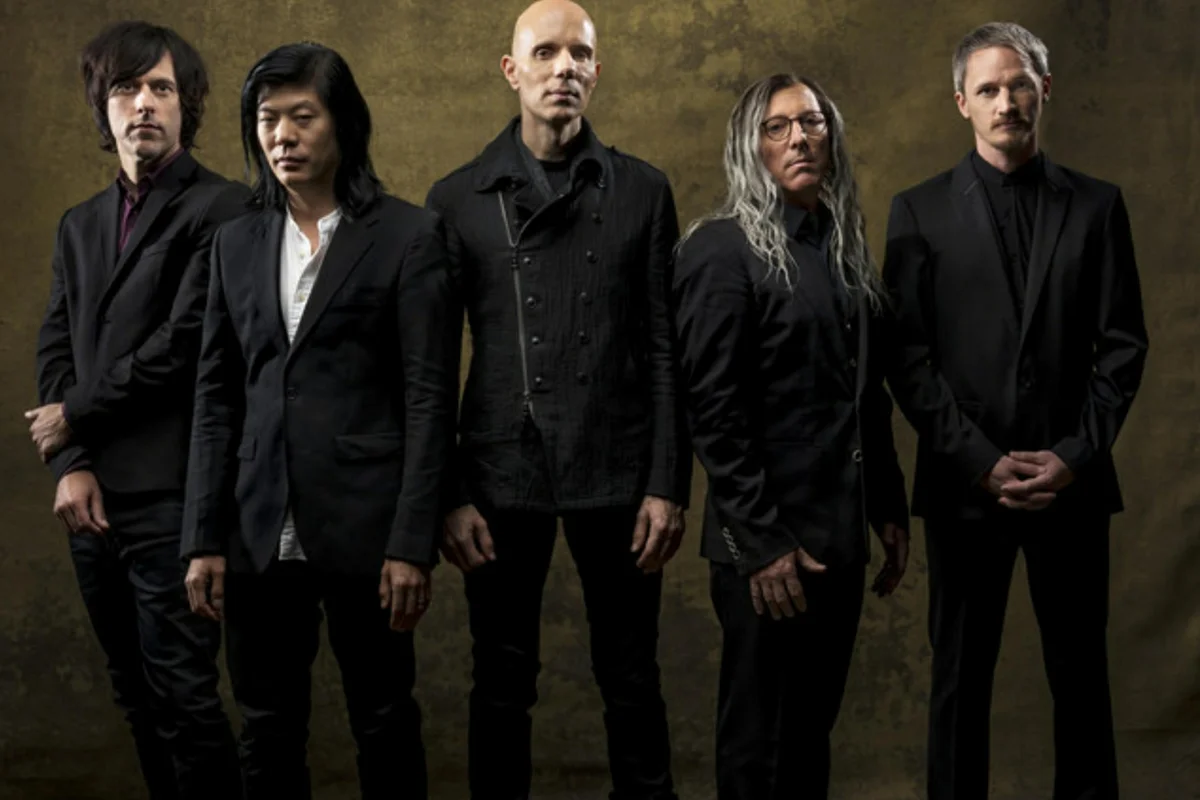
Friday, Nov 21, 2025
19:00:00
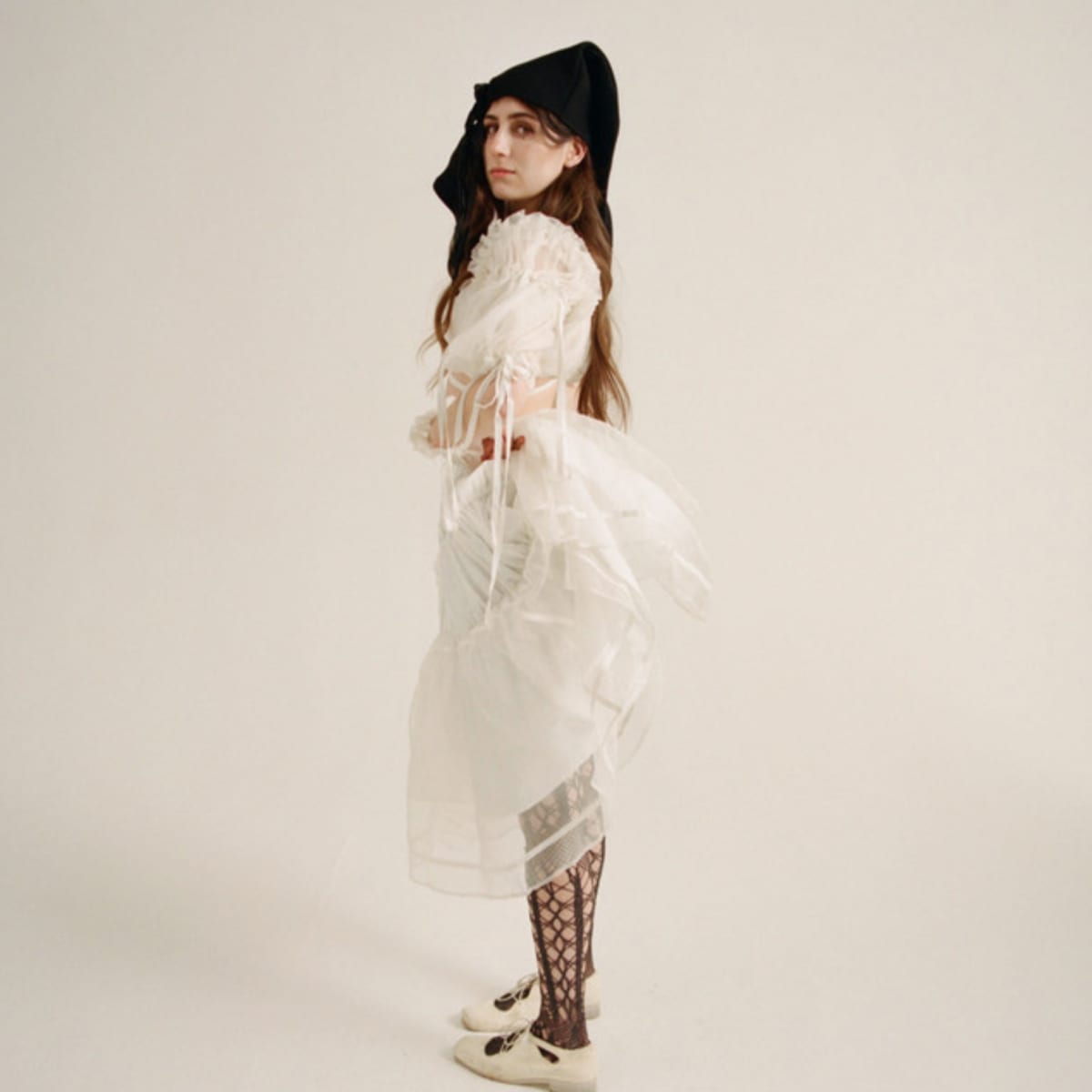
Monday, Nov 24, 2025
19:00:00
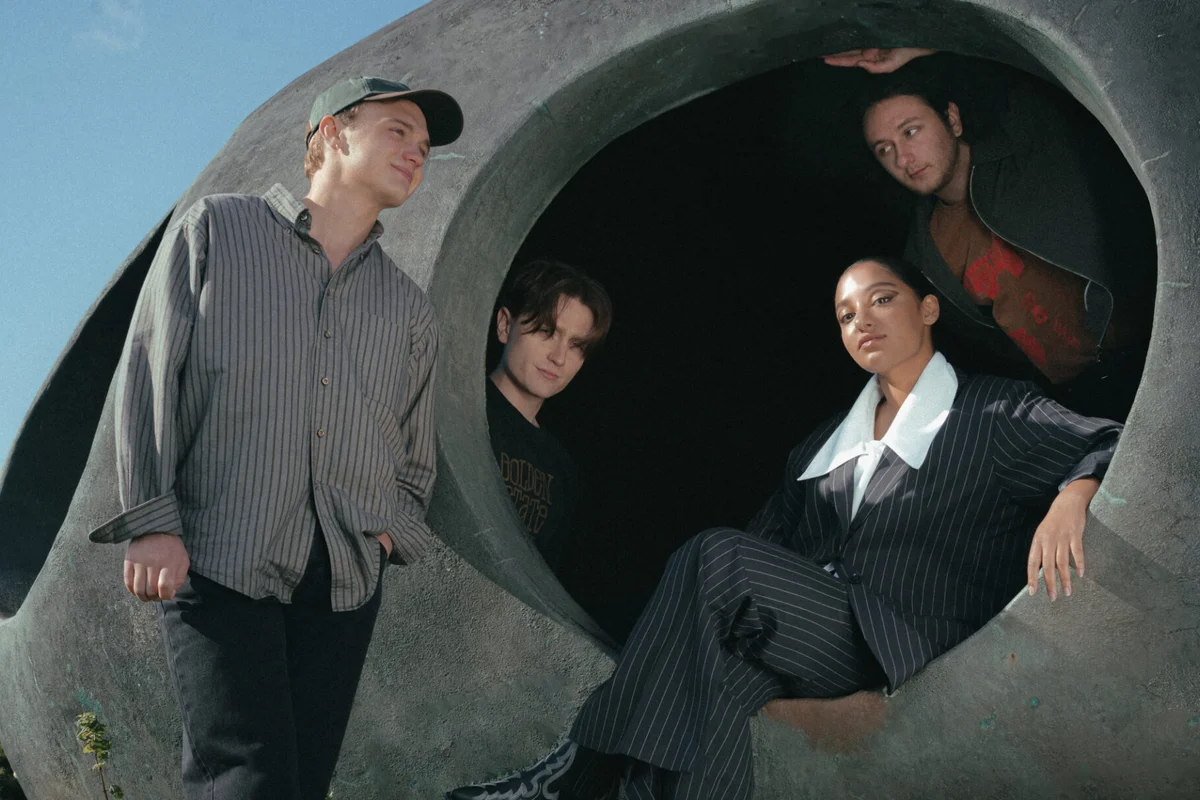
Tuesday, Nov 25, 2025
19:00:00

Wednesday, Nov 26, 2025
20:00

Friday, Nov 28, 2025
19:00:00

Saturday, Nov 29, 2025
20:00

Monday, Dec 1, 2025
19:00:00

Wednesday, Dec 3, 2025
19:00:00

Thursday, Dec 4, 2025
19:00:00
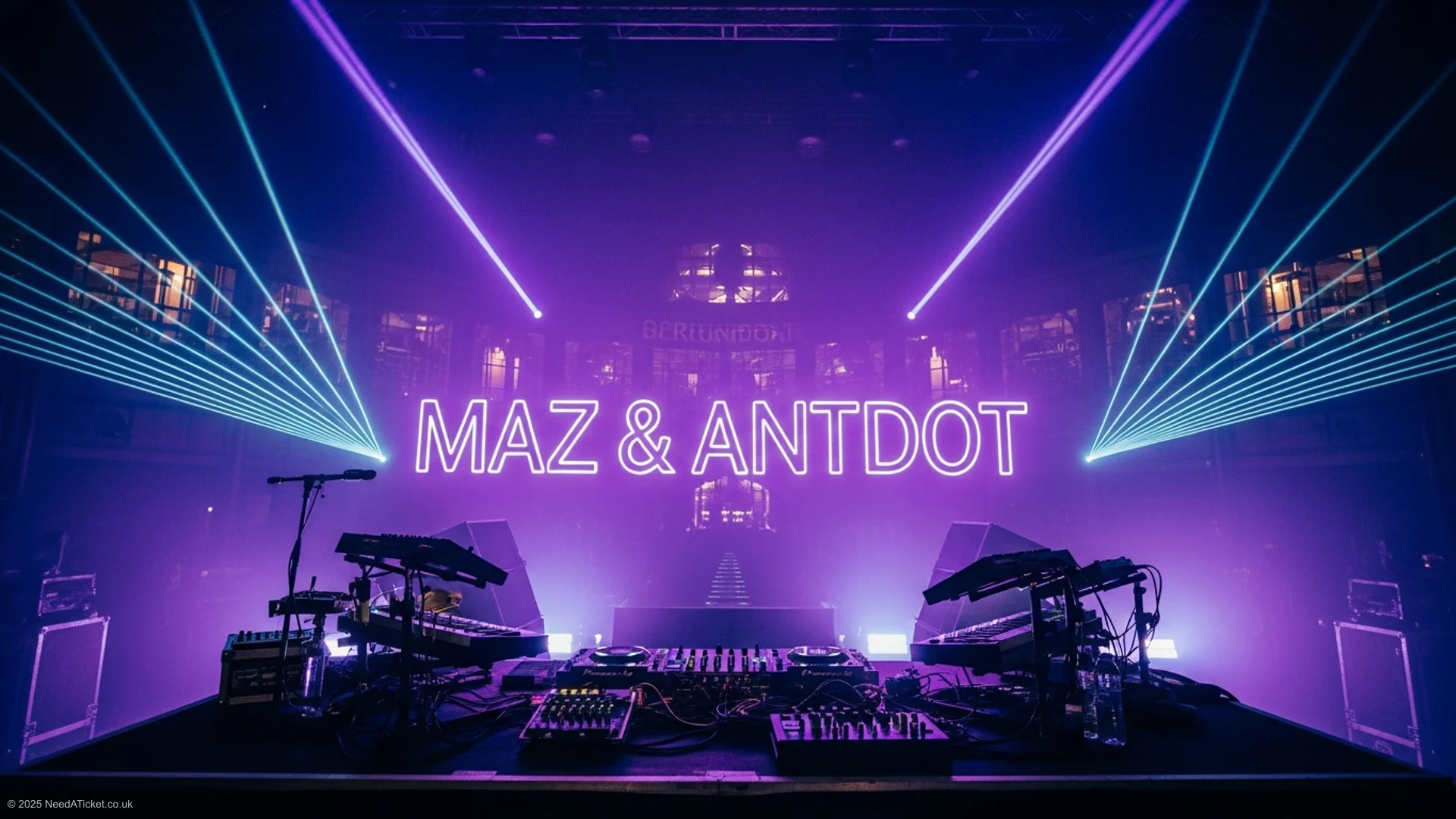
Saturday, Dec 6, 2025
19:00:00
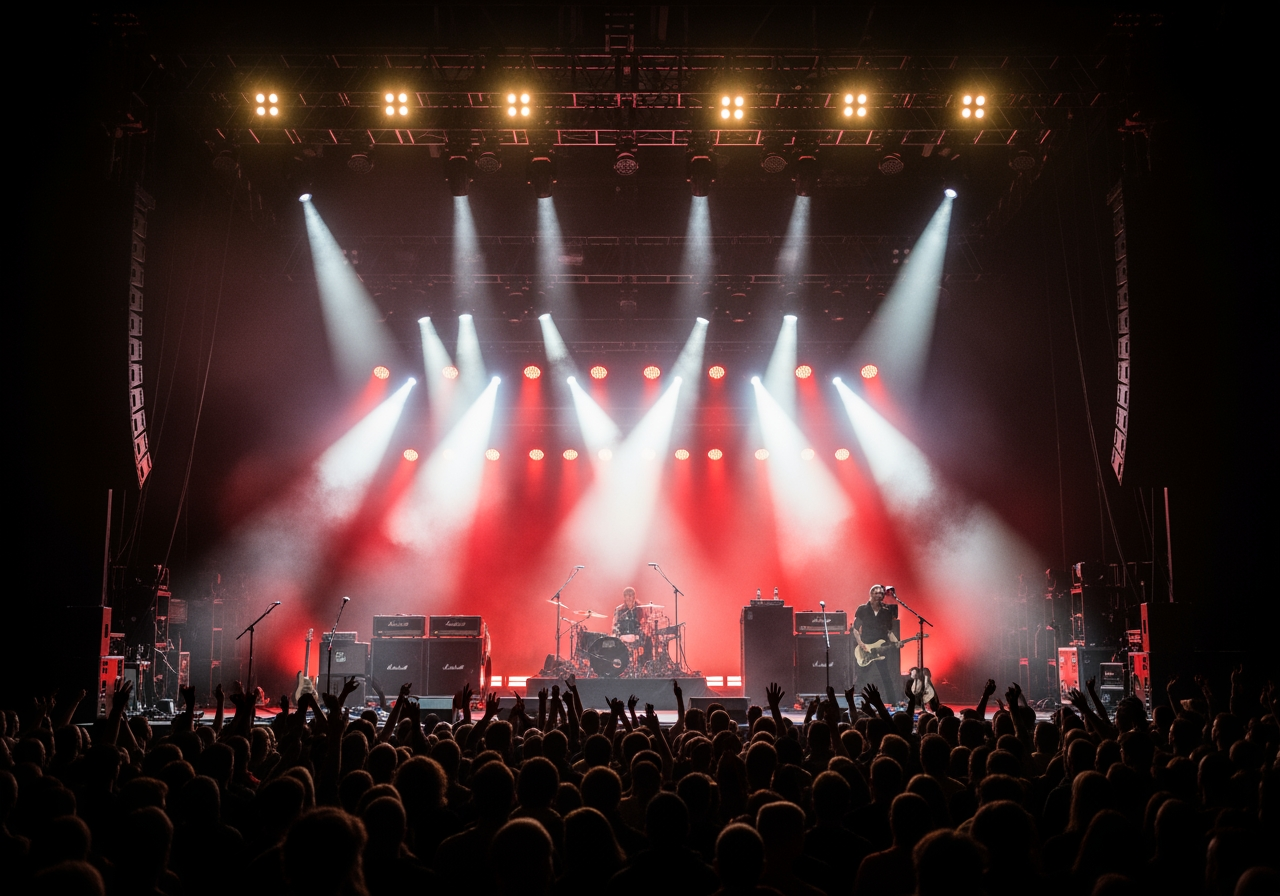
Sunday, Dec 7, 2025
20:00

Sunday, Dec 7, 2025
20:00

Monday, Dec 8, 2025
19:00:00
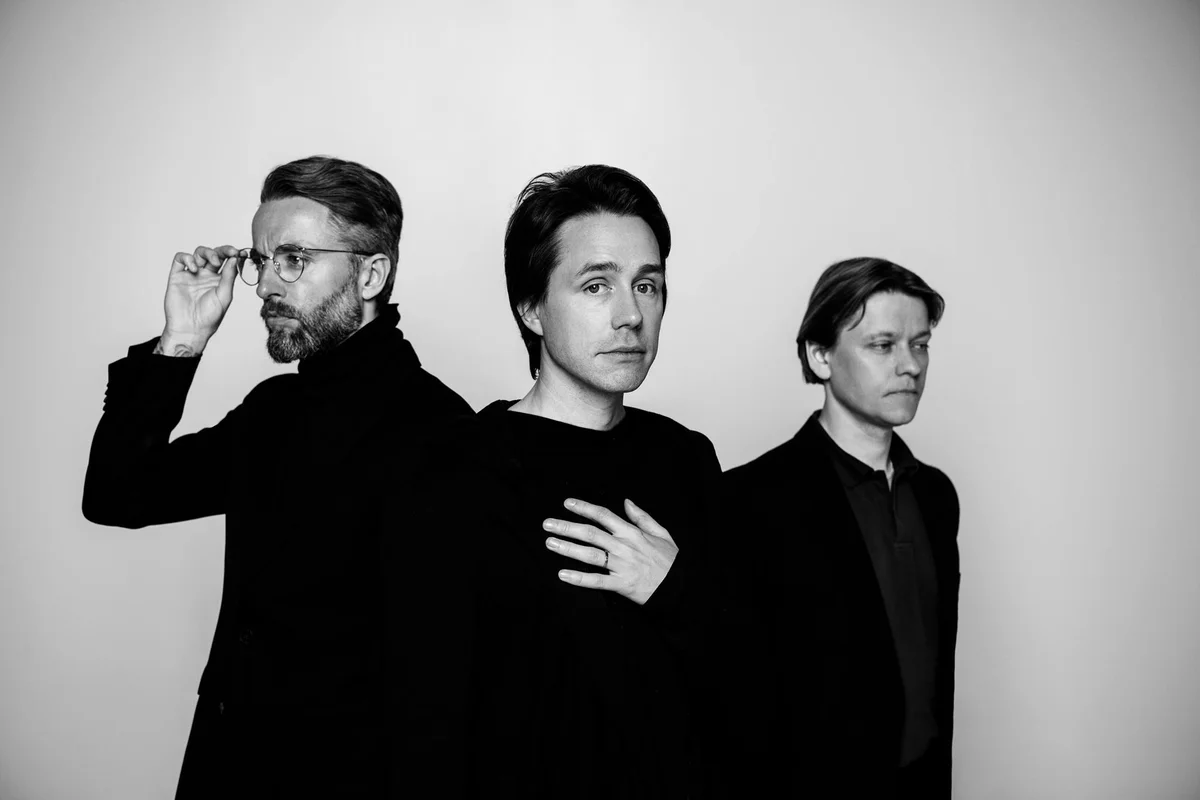
Tuesday, Dec 9, 2025
19:00:00
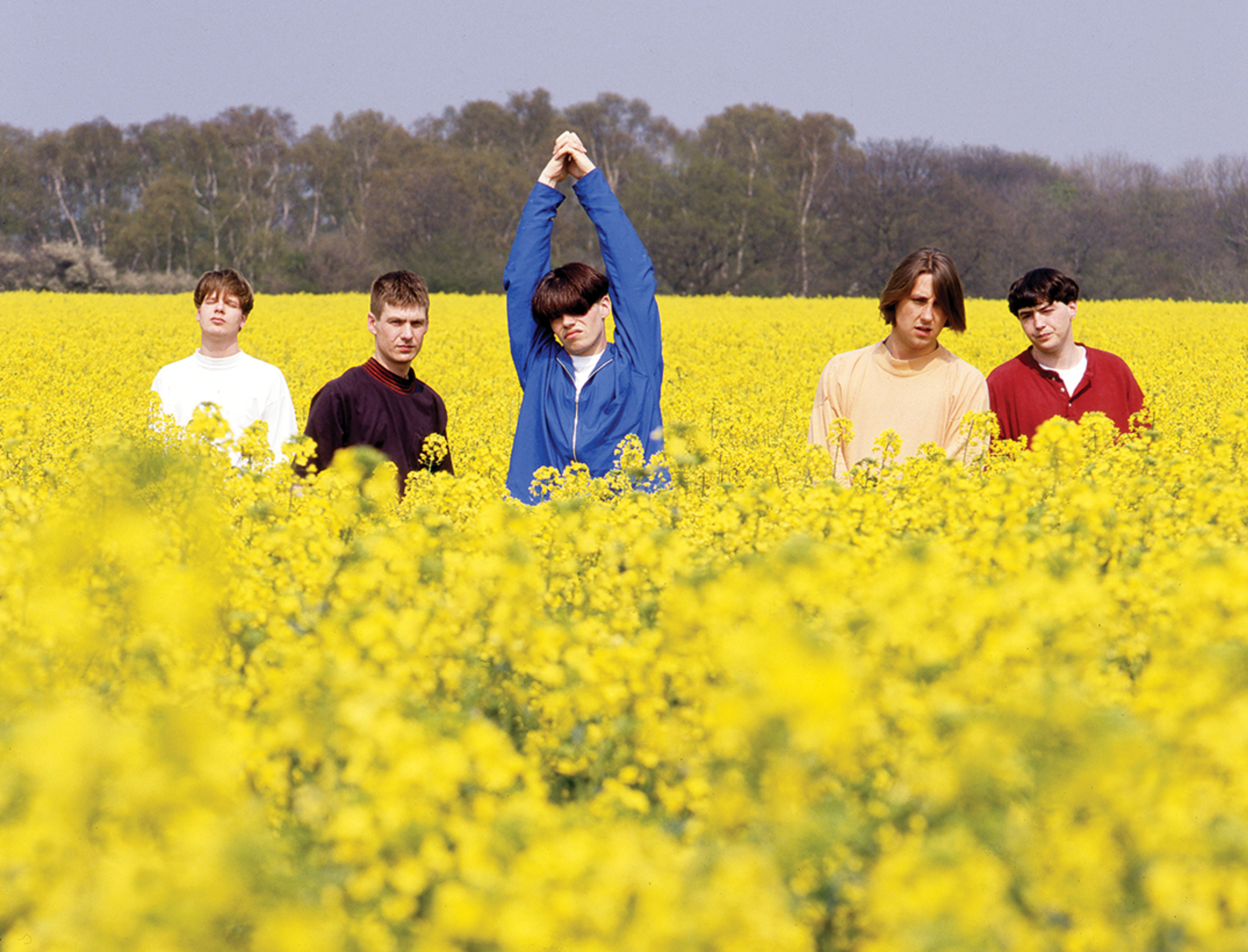
Wednesday, Dec 10, 2025
20:00

Thursday, Dec 11, 2025
19:00:00

Friday, Dec 19, 2025
19:00:00
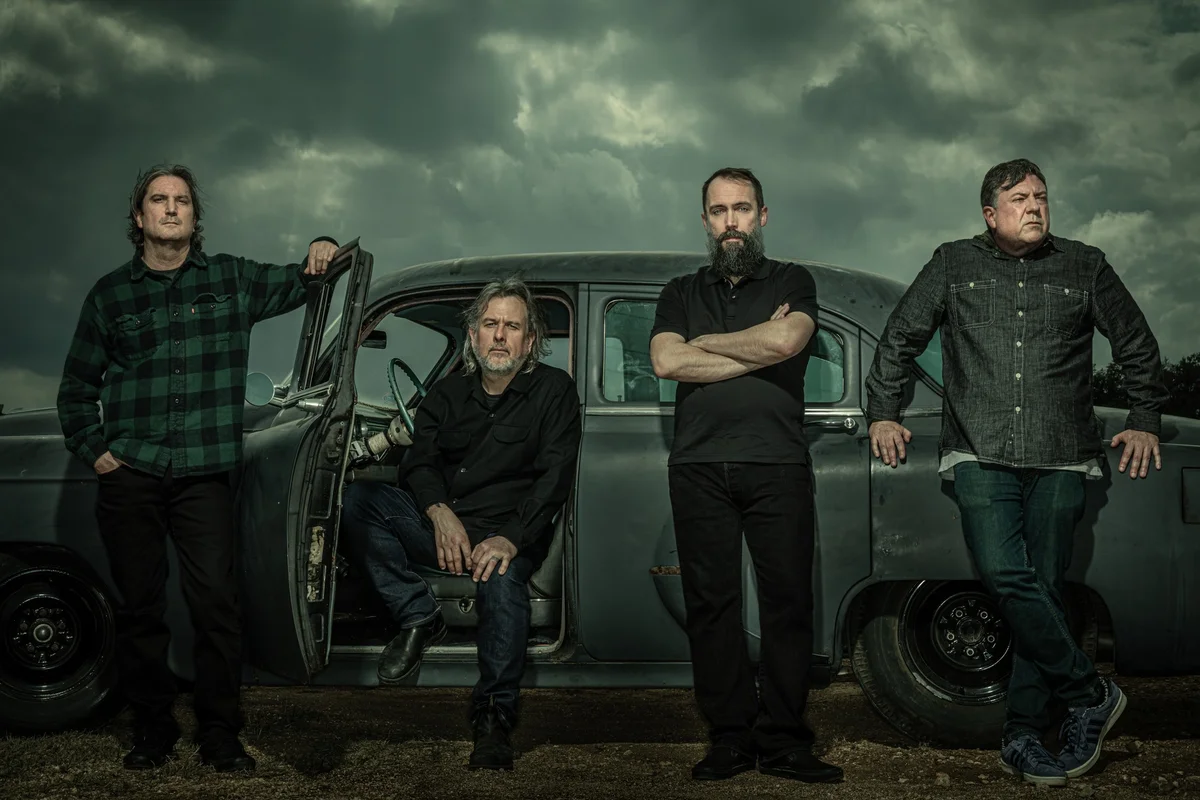
Saturday, Dec 20, 2025
19:00:00
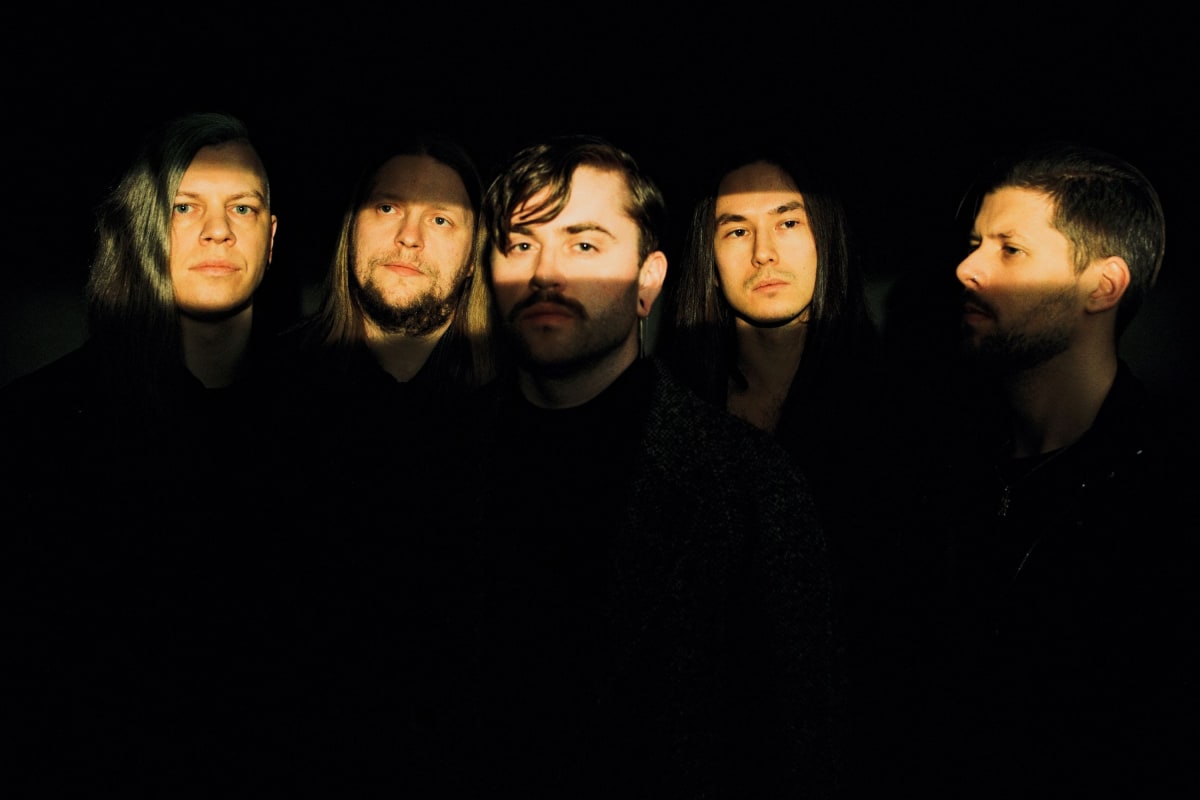
Sunday, Dec 21, 2025
19:00:00